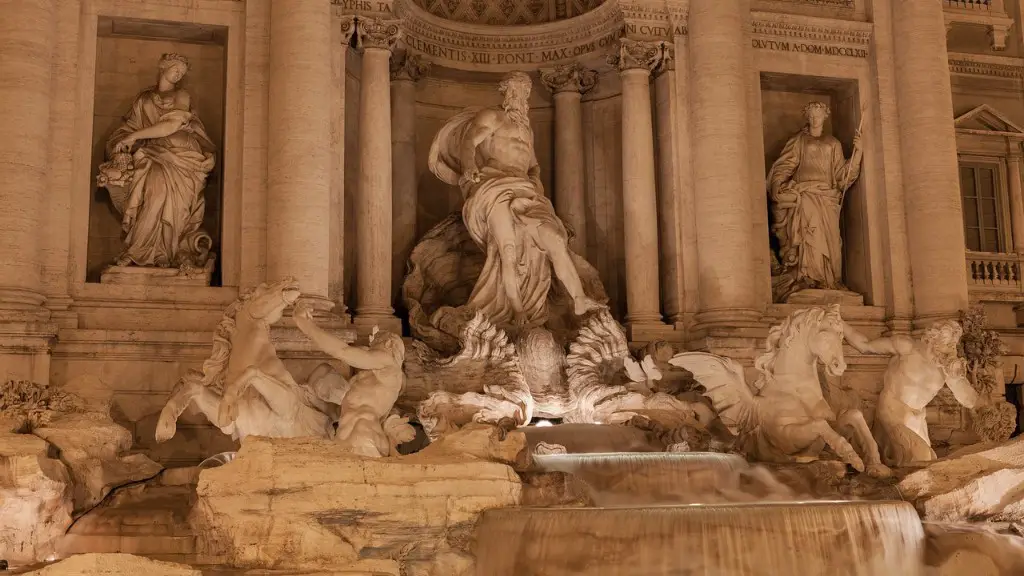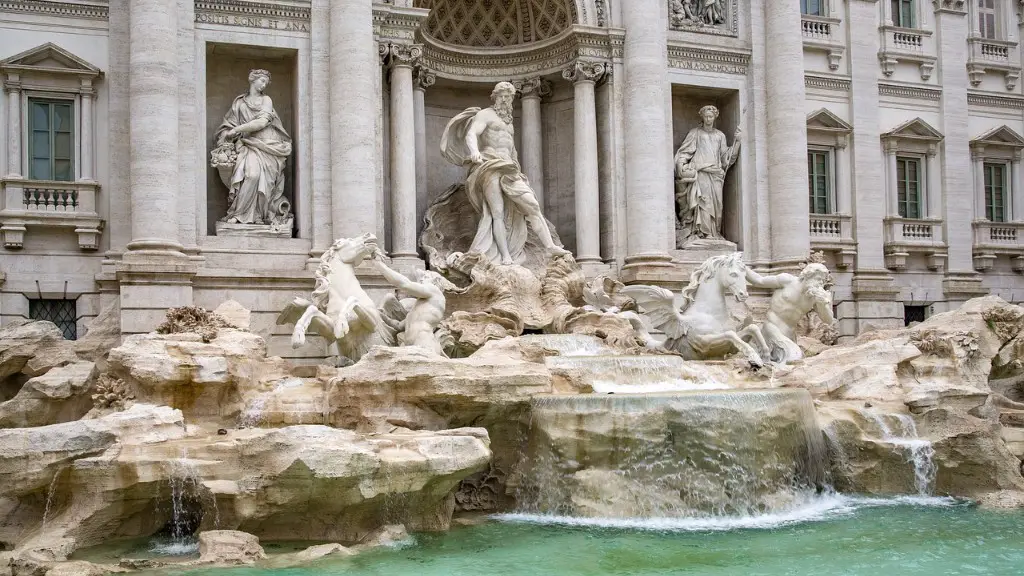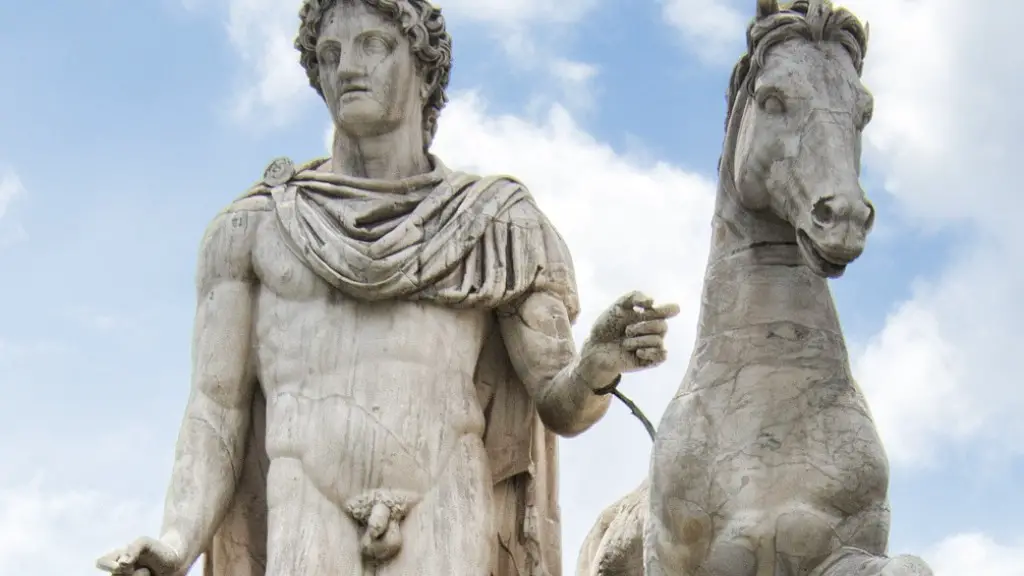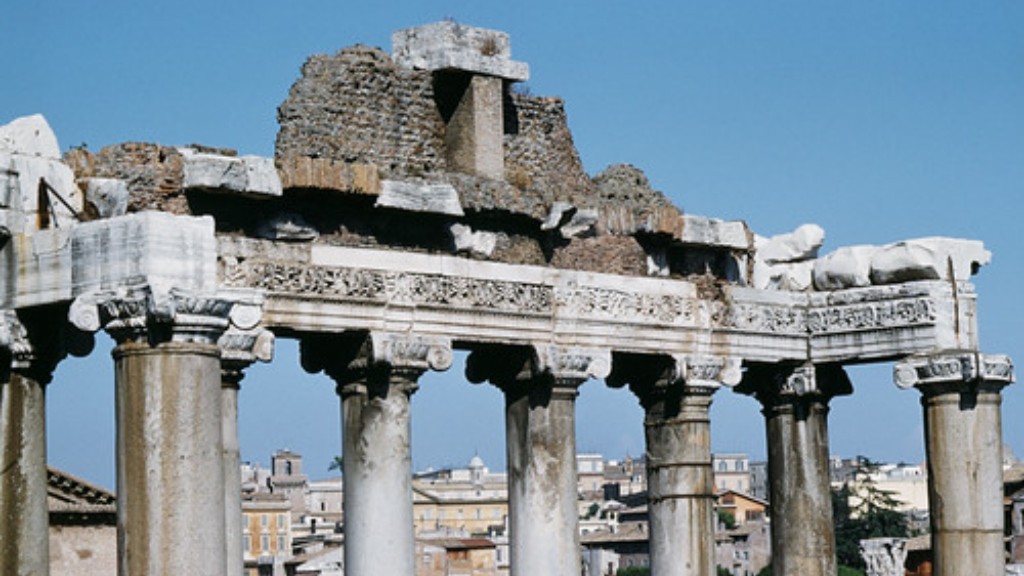Jewels are exquisite items with a high influence in society, both in the past and in the present. Ancient Rome is a culture that venerated them greatly, and this article will explore the particular role that jewels played in the Roman world.
One of the most important roles of jewels in ancient Rome was as a status symbol. only the most wealthy could afford to own them and they were perceived to signify the power, wealth, and prestige of the Roman upper classes. Wealthy Roman citizens would build extensive jewelry collections, developing the trend of wearing several pieces of jewelry alongside one another. This trend originated in Rome and would become popular with affluent members of civilizations across the ancient world.
In addition to serving as a symbol of wealth, jewelry was also a popular method of self-expression in ancient Rome. Jewel pieces featured a variety of art styles, from Egyptian-inspired pieces to pieces fashioning after the popular Greek designs. Various symbols and motifs like snakes, gods, and mythical creatures, were also used. This made jewelry a way to transmit messages, which served as a form of communication about religious beliefs, patriotism, and even personal relationships. Furthermore, jewelry designs often came with stories and meanings which were crucial for encoding and passing down history to the future generations.
Furthermore, jewelry was a popular gift item in Roman society. People gave and accepted jewelry as part of ceremonial transactions such as weddings, treaties, and trade deals. For example, at weddings, the bride’s family would express their devotion and support to the groom by providing him with jewelry. Consequently, jewelry had a very significant role in social intercourse and the relationships between different peoples and classes in ancient Rome.
Finally, jewels were a hot commodity and valuable item of trade in ancient Rome, along with other precious metals, spices, and exotic items from all corners of the Roman Empire. Romans had an intensive network of roads and ships which connected them to far flung places like India and China, giving them access to rare and expensive items. Invariably, many of these items were traded for in the form of precious jewelry.
Life in Ancient Rome
Life in Ancient Rome was defined by a socio-economic class structure divided by rank. The statement, “divide et impera” (divide and rule) was in full effect, which allowed the Roman authorities to control their populace with a simple yet effective system. At the top of the class structure were the Patricians and the senators. They ruled over the elected legislators. They held almost all of the wealth in the Roman Senate and were considered the wealthiest of the Roman classes.
Patricians and Senators had free access to the best jewelry and were often depicted wearing them. For example, the wealthy in Rome were known to adorn themselves with gold neck chains and even keep pet birds in beautiful cages made of gold. In addition, endowments to temples of gods and goddesses were almost always made in the form of jewelry and other finery. Although’ only the wealthy could access the best pieces of jewelry, it was most common to wear several pieces at one time, along with a variety of clothes and accessories.
Typically, jewelry in Rome was made out of gold, silver, iron and bronze, with a few sets using precious stones. Roman jewelry was noted for its quality and craftsmanship, notably for the level of intricate detail and innovative design. The most striking pieces of jewelry in Roman times were crafted from precious metals, engraved with intricate patterns and adorned with gemstones. Roman jewelry was admired for its colour, craftsmanship, and the use of new materials like glass and enamel.
Religious Implications
Religiously, many Roman citizens sought protection, guidance and a close relationship with the gods and goddesses of the Roman pantheon, who frequently included stories and images of them in jewelry pieces. This was particularly true of jewelry pieces like rings, brooches, necklaces, bracelets and architectural pieces, which could be seen as a form of art. Such pieces were used in religious ceremonies and were given as gifts to commemorate important events like weddings and funerals.
Additionally, jewelry was believed to have protective powers and was frequently used as amulets or talismans to ward off evil spirits and bad luck. This was often reflected in jewelry designs, which featured motifs of gods, goddesses, animals and plants, all of which had important meanings in Ancient Roman culture.
Finally, some jewelry pieces were used to demonstrate loyalty to certain gods, such as those of Mars or Jupiter. These pieces acted as an offering, and were often given to temples or presented as a gift to a deity or religious figure. By doing this, the giver was essentially swearing allegiance to that god and hoping for their protection and guidance.
Legal and Social Implications
Legally, jewelry was used as a symbol of wealth and was also symbolic of specific legal rights. Jewelry inherited by a Roman citizen provided evidence of their social standing and political power. This was reflected in the fact that it was illegal for certain classes to wear certain pieces of jewelry under Roman law. In particular, the wearing of rings was limited exclusively to the upper classes.
As with many Roman customs, increased wealth and power brought even further advancements in fashion and jewelry. This led to increased competition and the introduction of more opulent pieces of jewelry.
Such opulence not only signified social status, but was also used to indicate a person’s political power and status. For example, Roman Emperors used jewelry to display their wealth and power, particularly in the form of diadems and arm-bands, which indicated loyalty to a particular Emperor. The presence of jewelry was such an important indicator of social standing that a Roman citizen who did not wear any jewelry was considered to be a “barbarian”.
Jewelry was also used to show social allegiance and allegiance to a particular party or faction. During political upheavals and civil wars, jewelry was a way for partisans to recognize one another and demonstrate support for their cause.
Conclusion
Overall, the role of jewelry in Ancient Rome was an integral part of the culture and society. Jewelry was used to express wealth, family heritage, political power, social rank and religious faith. Furthermore, jewelry was a symbol of personal power and prestige, as well as a tool to cement political alliances and gain favour from the gods and goddesses. Jewelry was, and remains, an important part of the Roman culture and testament to the power and wealth of the Roman Empire.




